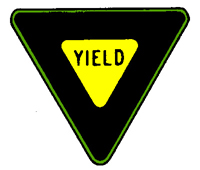|
|









|
|
|
|
|
“INTENTIONAL GARBAGE”
|
|
 Blue Pill,
Blue Pill,
Red Pill
Although the mechanics of photography is not at all a new technology, I find the idea of freezing a moment astonishing, maybe because I am old-fashioned myself. If you concentrate on it, you would almost always get the impression that what you see on a photograph does not represent the same image you’ve got in your mind about what was photographed. That is probably why you begin missing a different time or place that you’ve been in, -like summer days-, after seeing a photo taken in that period, although you are pretty sure that you didn’t enjoy being there, or the people you photographed.
Then, the next step may direct you onto two different paths: First, you feel like there actually was the existence of another being in the room where the photo was taken, who sees things in a way that you’ve never convinced your mind to perceive before. And second, the bareness of abstraction visits you to suggest that the sixtieth of a second (depending on shutter speed) you’re looking into has not actually been lived, but stands for an imagined experience.
When I take a glance at very old, black and white photos that were taken long before my birth, I see nothing but confidence in every young person’s eyes. “Why shouldn’t there be”, you ask yourself, they have the longest part of their lives ahead of them, with countless clouds of dreams. Maybe that's the biggest mistake we as humans repeat; we all think we’re going to live forever, and the impact of our passing through the world must shake the ground we stand on. What will time, and photos run up against, if everyone believes they are “the one”?
“You either take the blue pill, to wake up in your bed and believe what you want to believe; or you take the red pill, and an old, black and white, framed moment will show you how deep the rabbit hole goes”.
Efe Peker (POLS/IV)

|
|
|

|







